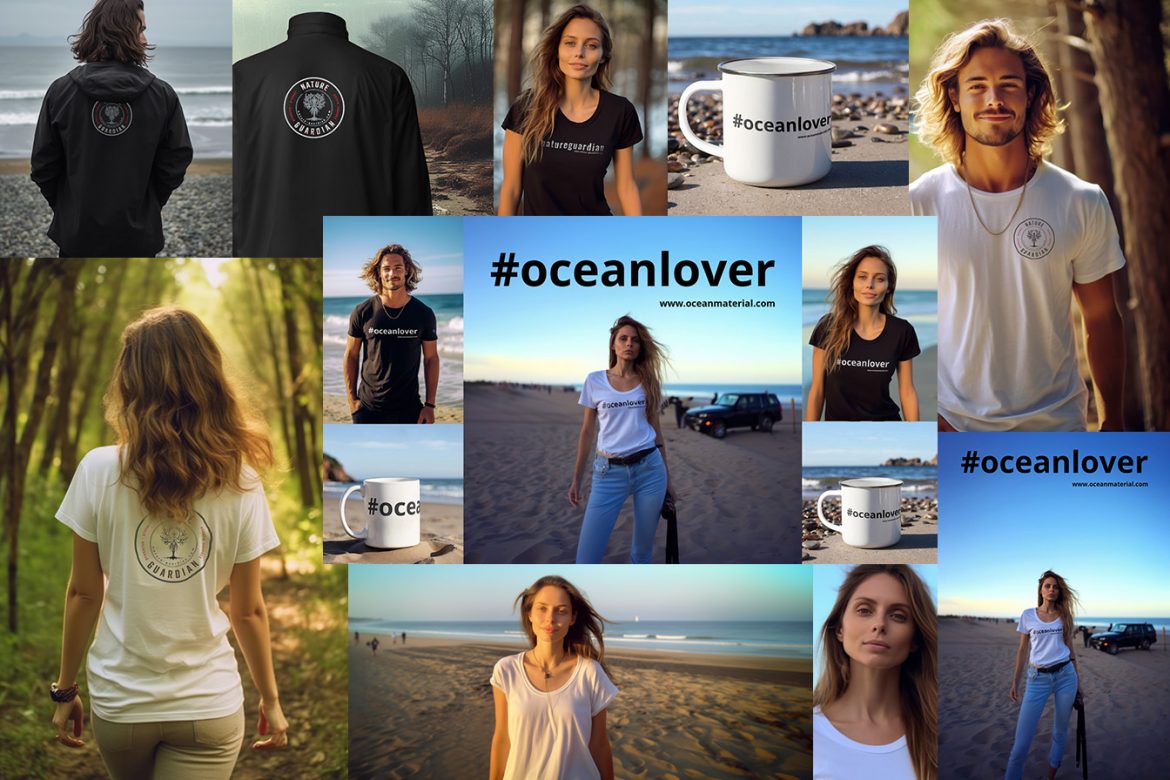AI is pushing the boundaries in film and advertising by revolutionizing the way content is created, personalized, and distributed. Here are several reasons why AI is playing a significant role in these industries:
Content Creation: AI technologies, such as natural language processing (NLP) and computer vision, are being used to generate and enhance content. AI algorithms can analyze large datasets, identify patterns, and generate original scripts, storylines, or visual effects. This streamlines the creative process, saves time, and opens up new possibilities for storytelling.
Personalization and Targeting: AI enables personalized experiences by analyzing user data and preferences. In advertising, AI algorithms can analyze vast amounts of consumer data to deliver targeted and relevant ads. This enhances the effectiveness of advertising campaigns by reaching the right audience with personalized messages, leading to higher engagement and conversion rates.
Recommendation Systems: AI-powered recommendation systems are transforming how films and advertisements are discovered and consumed. Platforms like streaming services use AI algorithms to analyze user behavior, preferences, and viewing patterns to provide personalized recommendations. This improves user satisfaction, increases content consumption, and helps users discover new films or products.
Data Analytics: AI enables advanced data analytics in film and advertising. It can process and analyze large volumes of data to extract valuable insights, such as audience behavior, sentiment analysis, or campaign performance. This data-driven approach helps filmmakers and advertisers make informed decisions, optimize strategies, and measure the impact of their work.
Visual Effects and CGI: AI is pushing the boundaries of visual effects and computer-generated imagery (CGI) in films and advertising. Machine learning techniques allow for more realistic and sophisticated visual effects, character animation, and virtual worlds. AI can also automate and streamline the post-production process, reducing costs and time.
Automated Editing and Production: AI technologies can automate various aspects of the editing and production process. AI algorithms can analyze footage, recognize scenes, and automatically generate rough cuts or assemble clips based on predefined styles or templates. This expedites the editing process, reduces manual labor, and enables faster content delivery.
Enhanced Creativity and Innovation: AI serves as a tool for filmmakers and advertisers to push the boundaries of creativity and innovation. By leveraging AI technologies, artists can experiment with new storytelling techniques, generate unique visuals, or create interactive and immersive experiences. AI can inspire and augment human creativity, leading to groundbreaking ideas and unconventional approaches.
Predictive Analytics and Audience Insights: AI algorithms can analyze audience data and predict audience preferences and behaviors. This helps filmmakers and advertisers make strategic decisions, such as selecting target demographics, crafting effective marketing campaigns, or tailoring content to specific audience segments. Predictive analytics based on AI models minimize risks and improve the success rate of films and advertising initiatives.
In summary, AI is revolutionizing film and advertising industries by enhancing content creation, personalizing experiences, improving recommendation systems, enabling advanced analytics, pushing visual effects boundaries, automating production processes, fostering creativity and innovation, and providing valuable audience insights. These advancements are pushing the boundaries of what is possible and reshaping the way films and advertisements are created, distributed, and consumed.
Pushing the boundaries in the film and advertising industry
